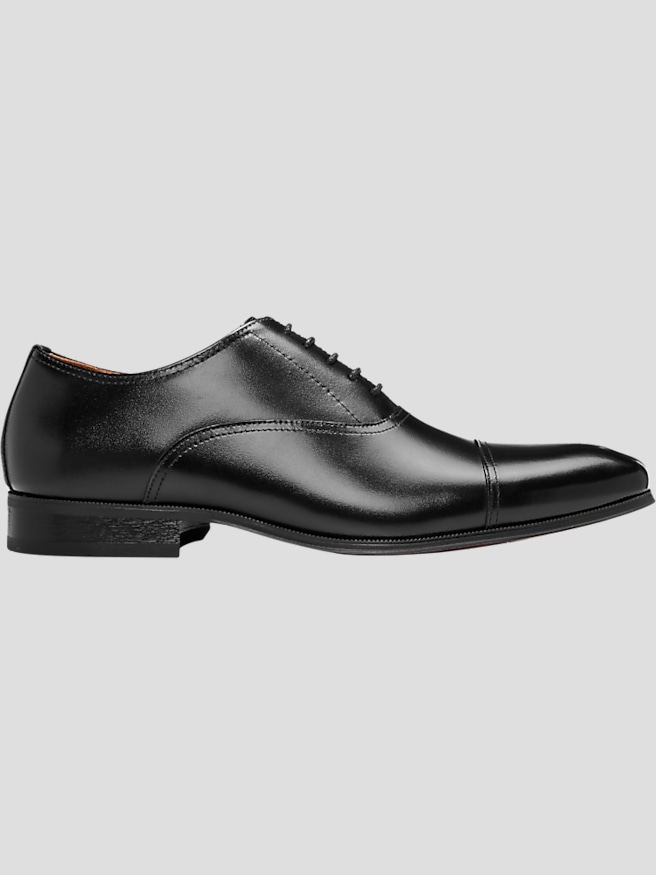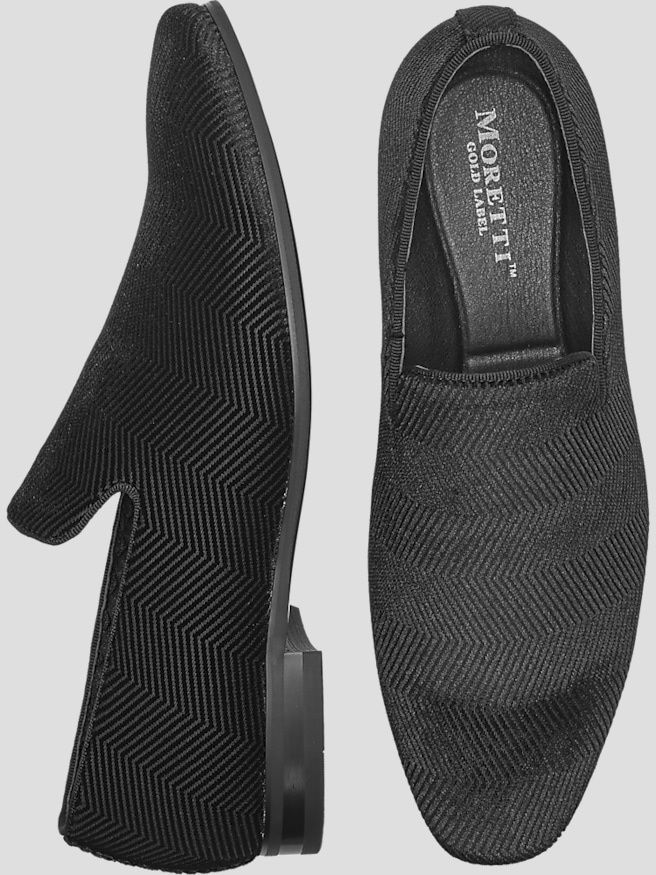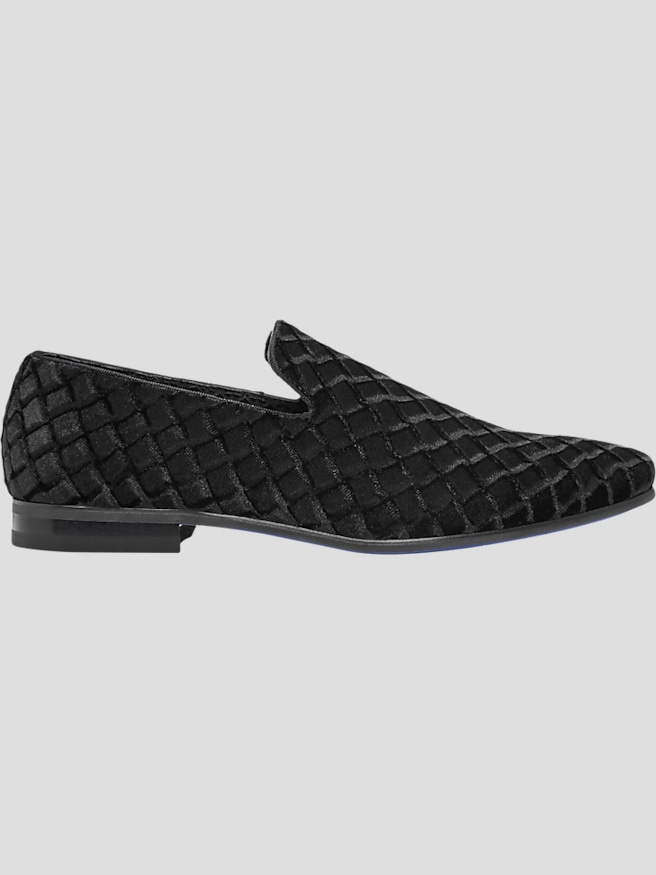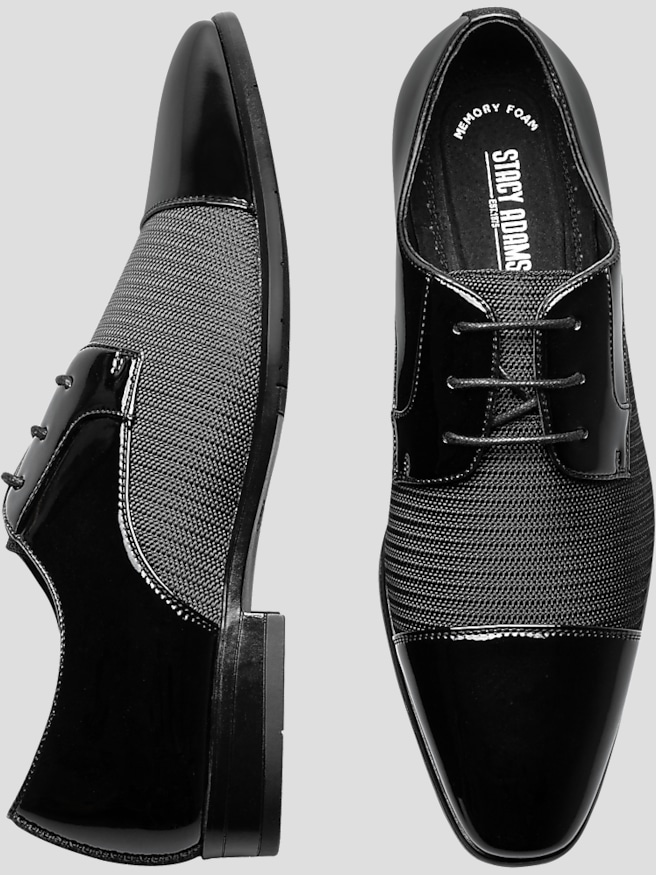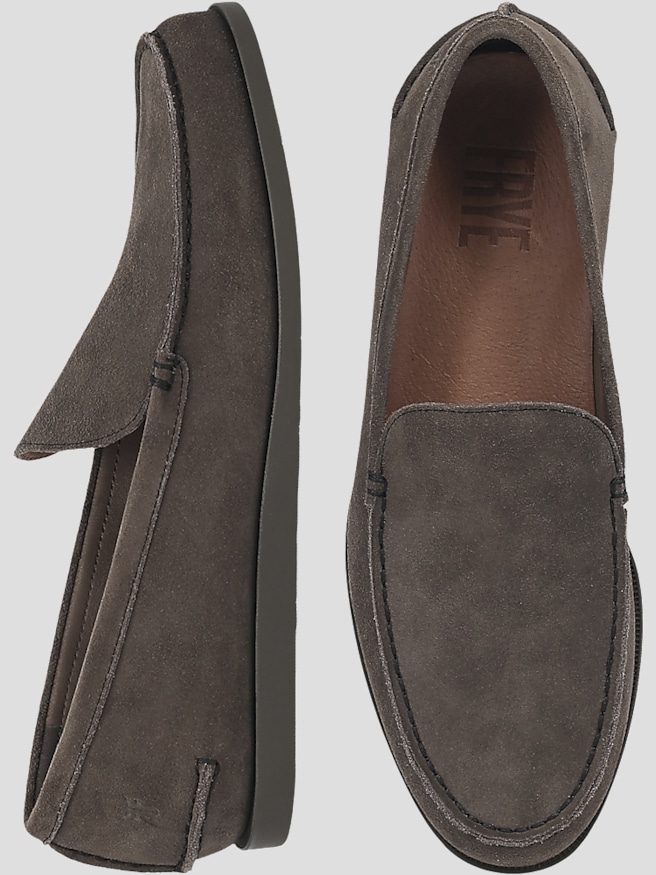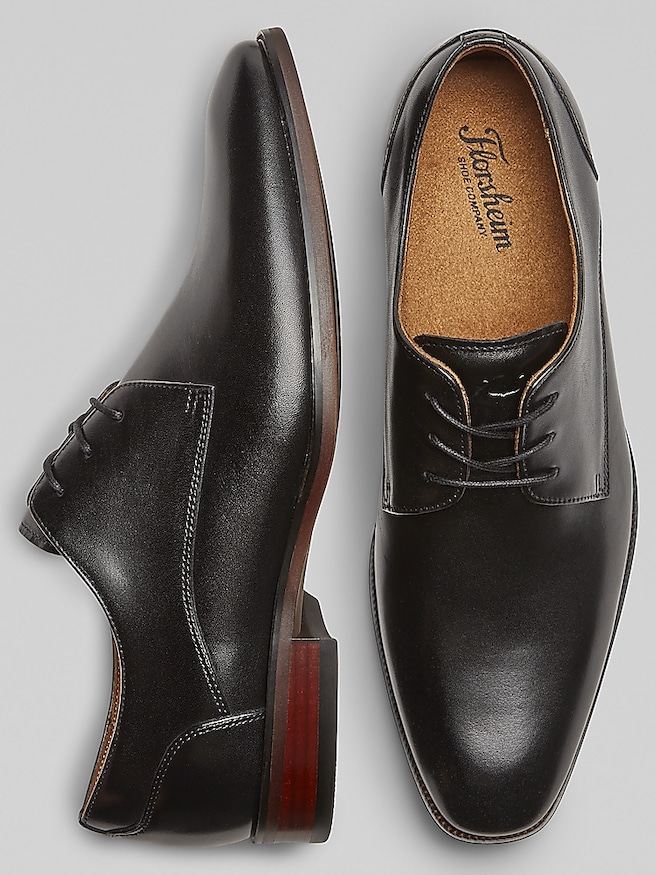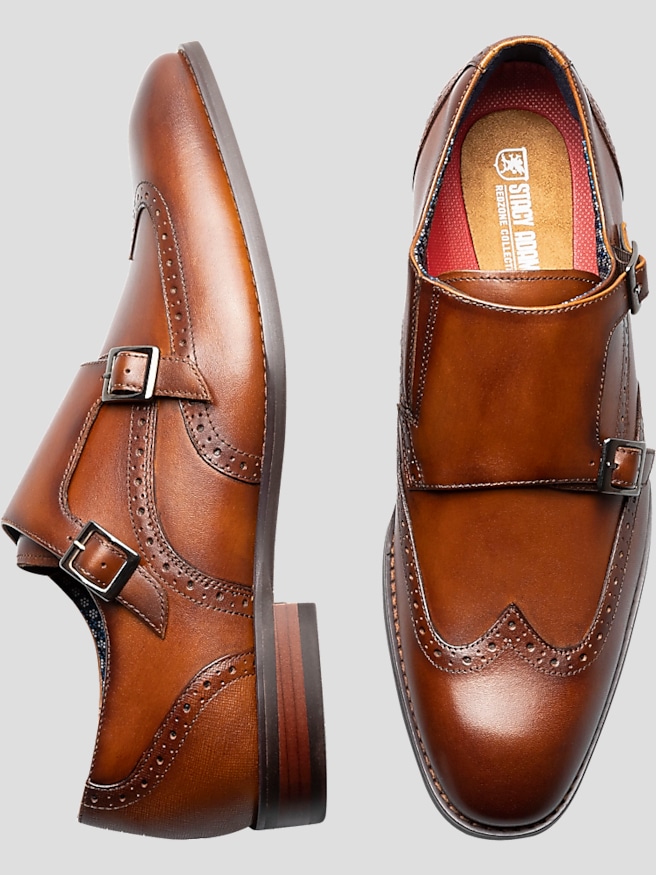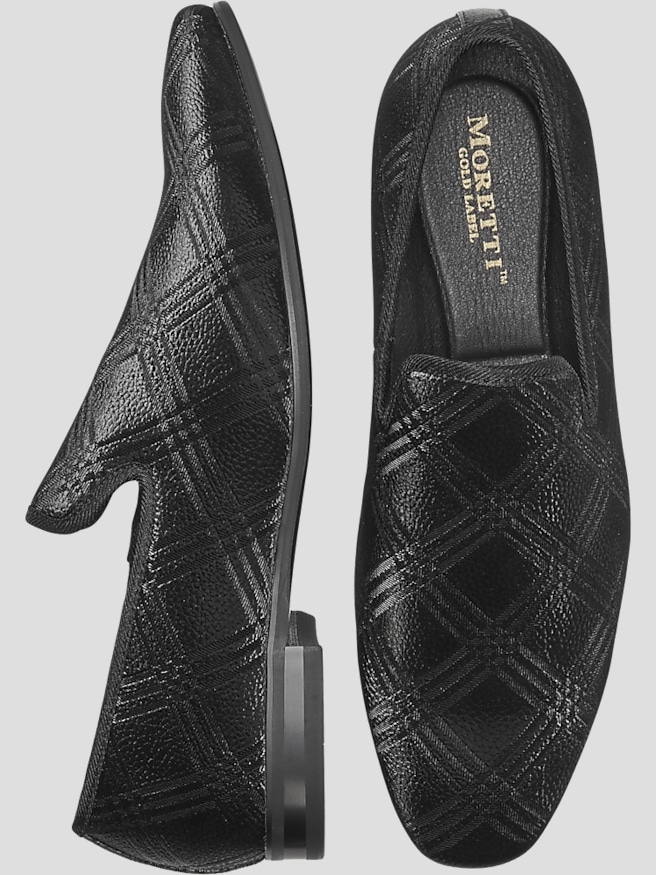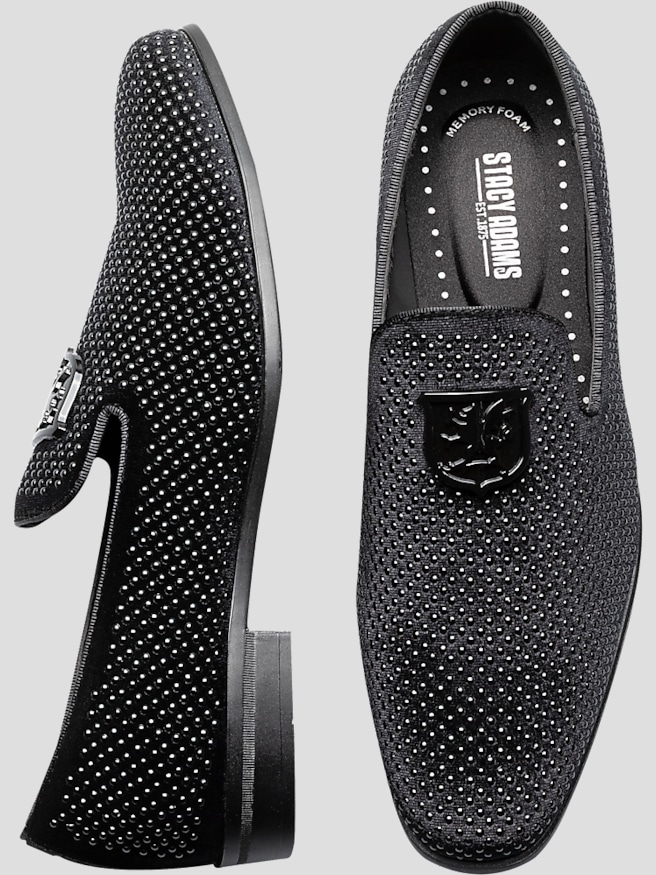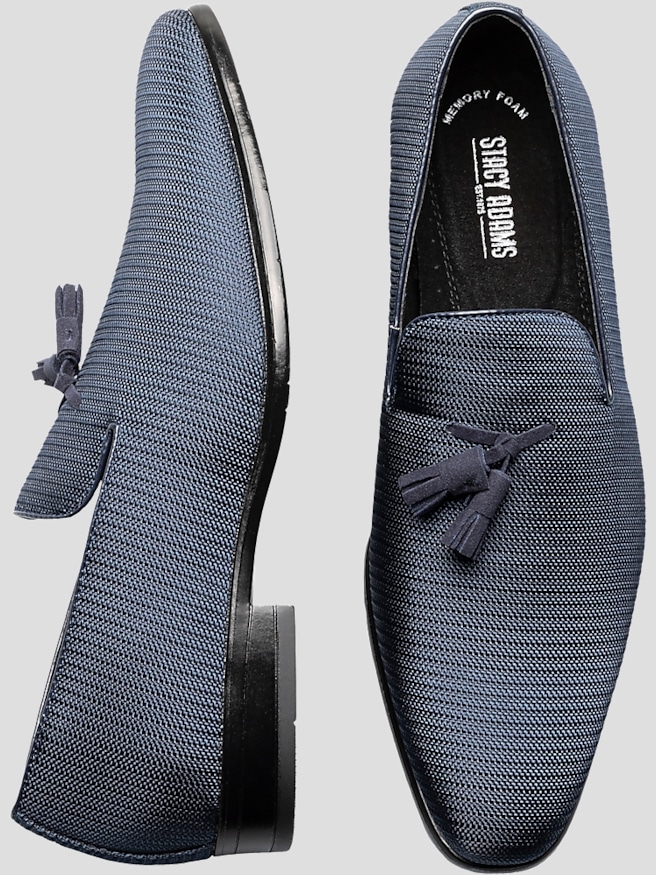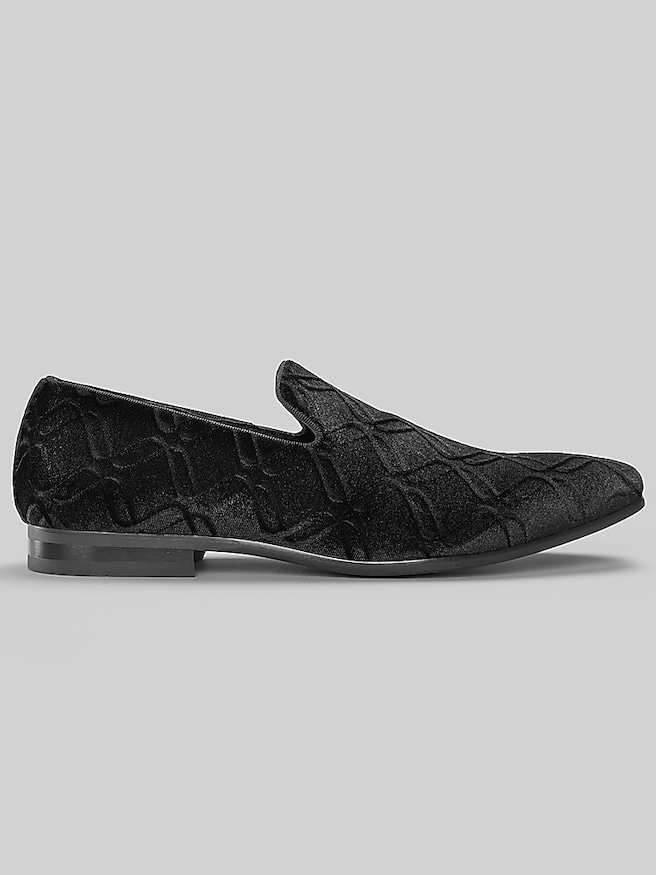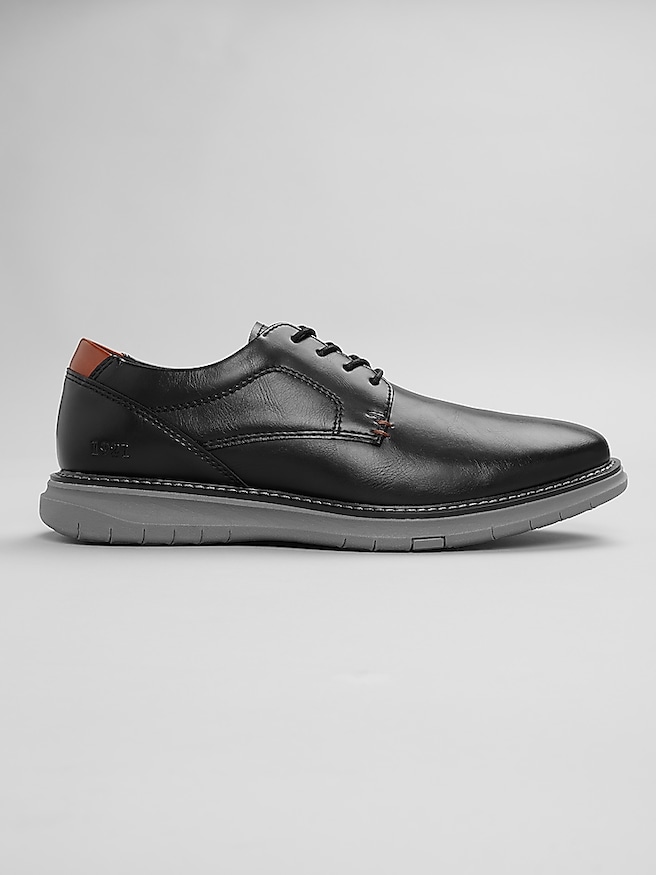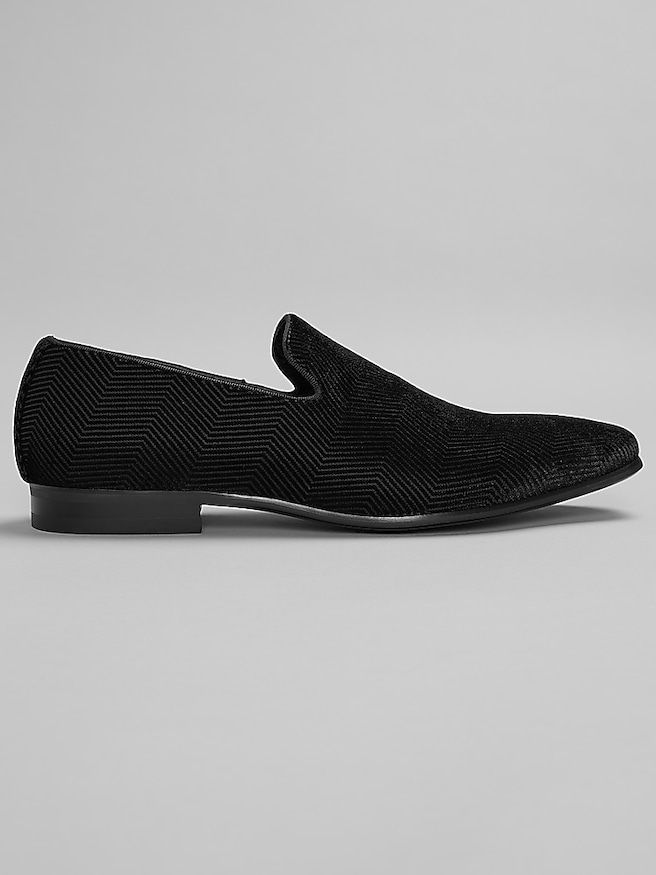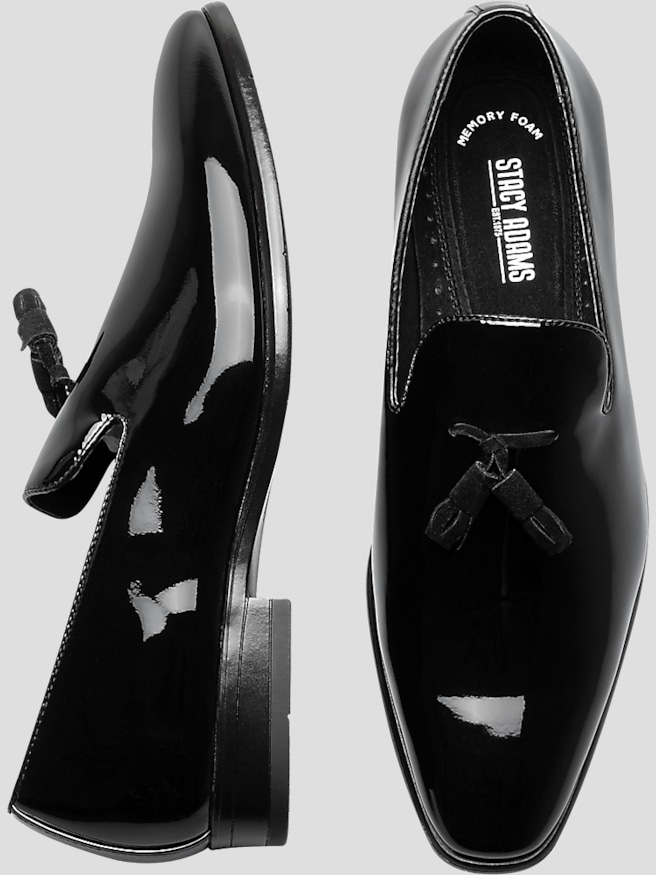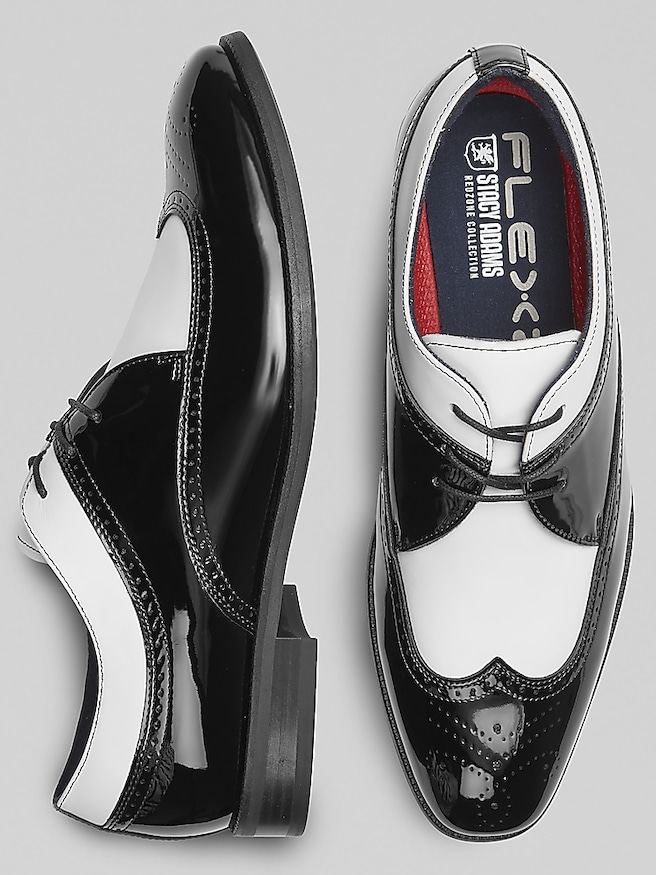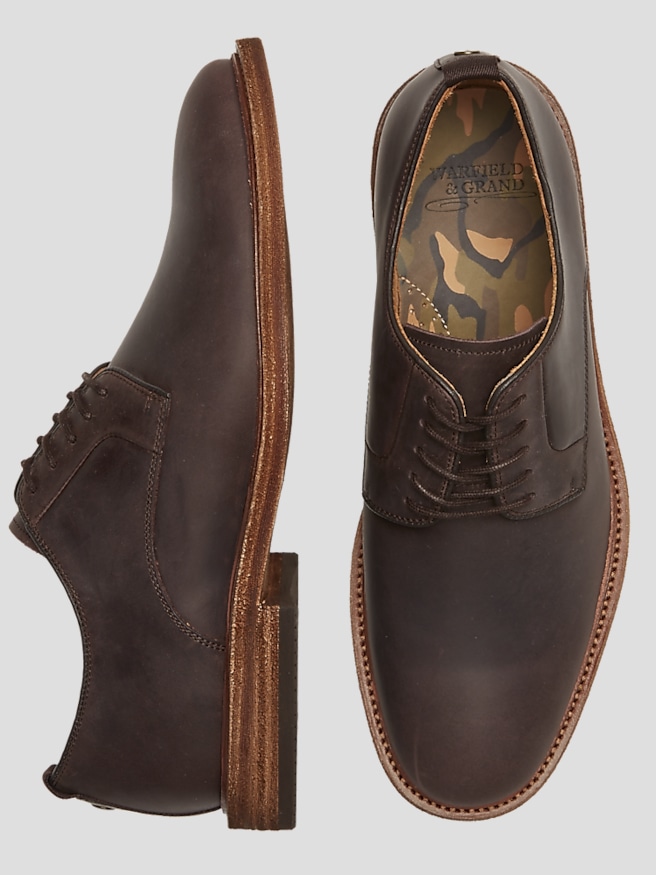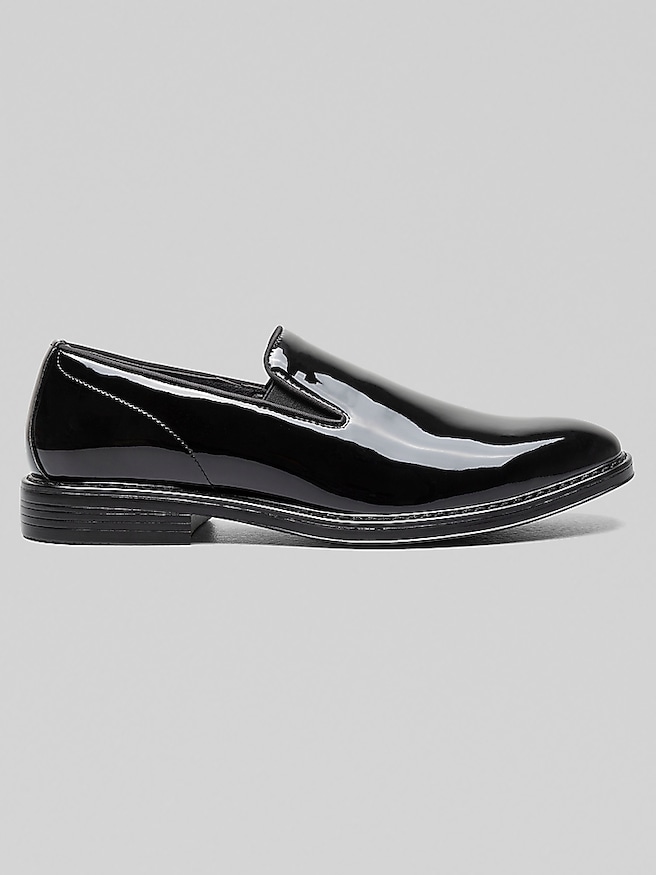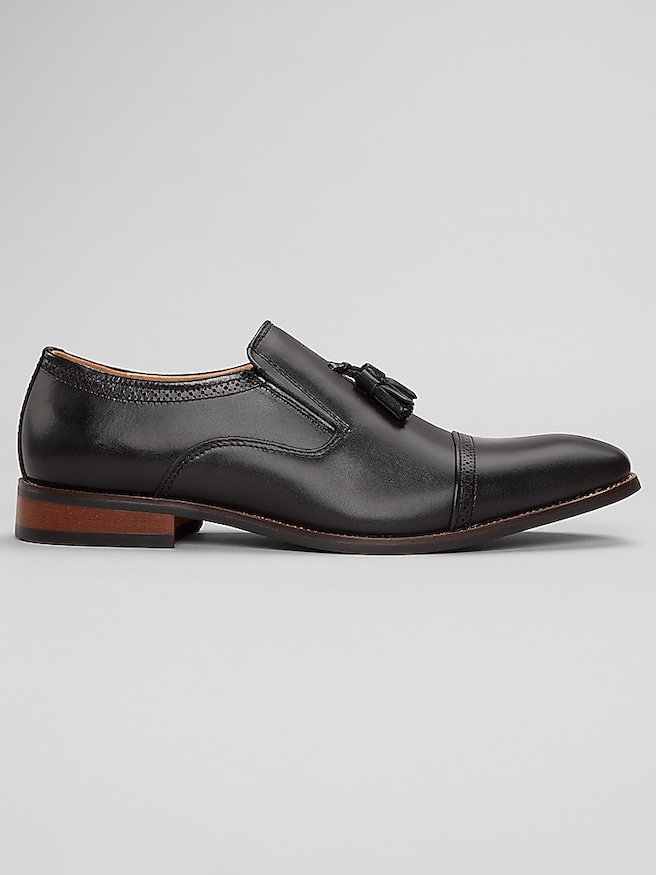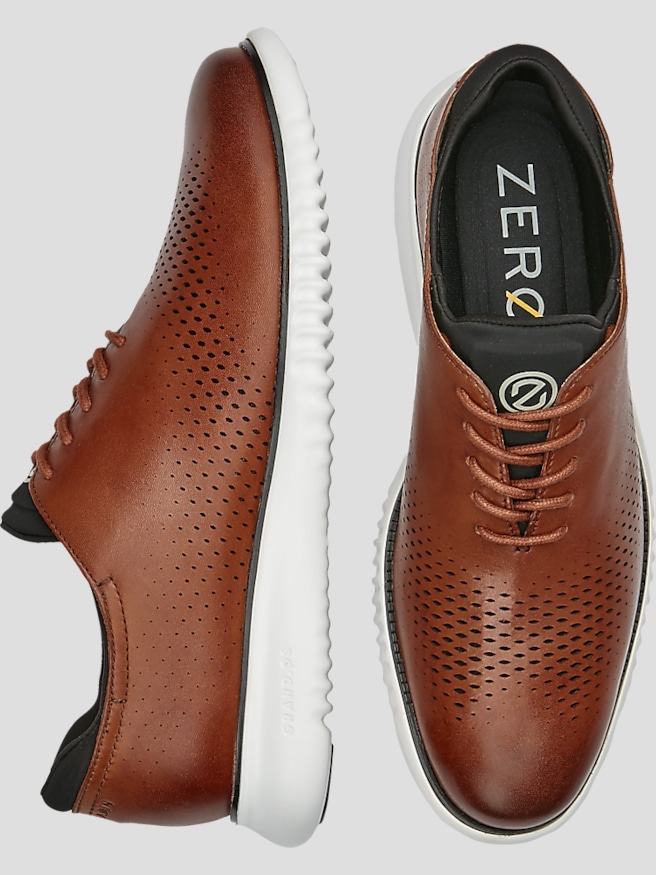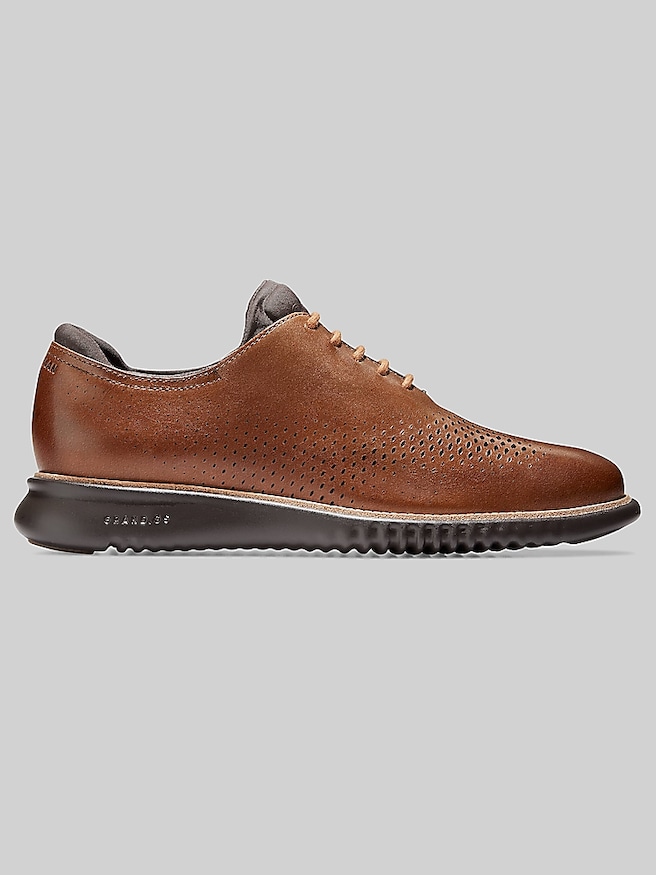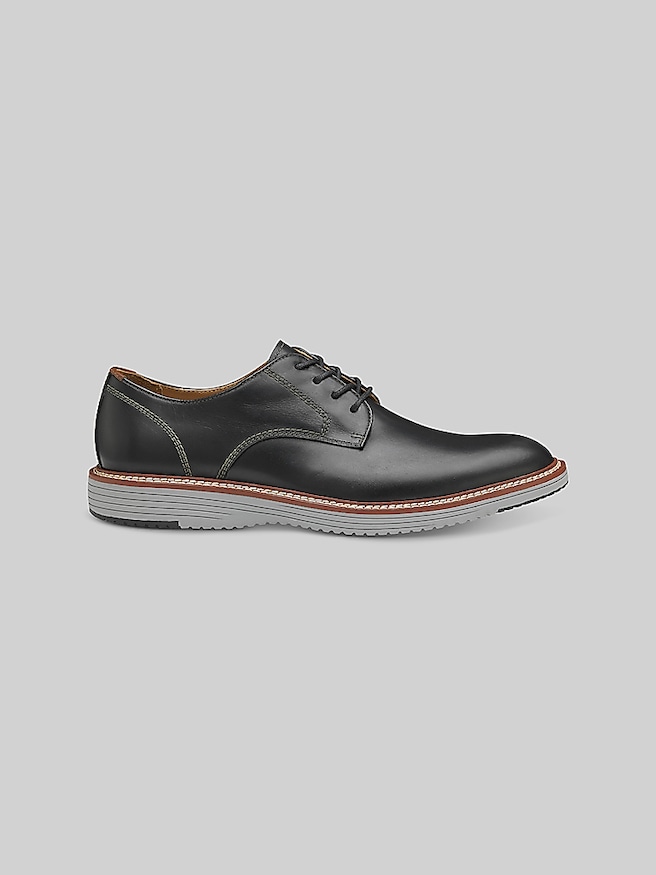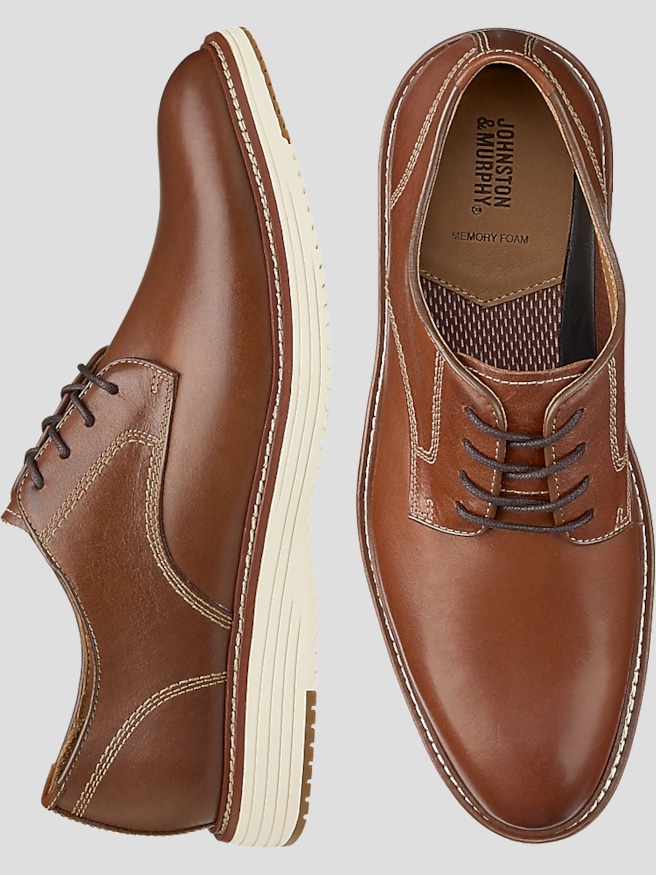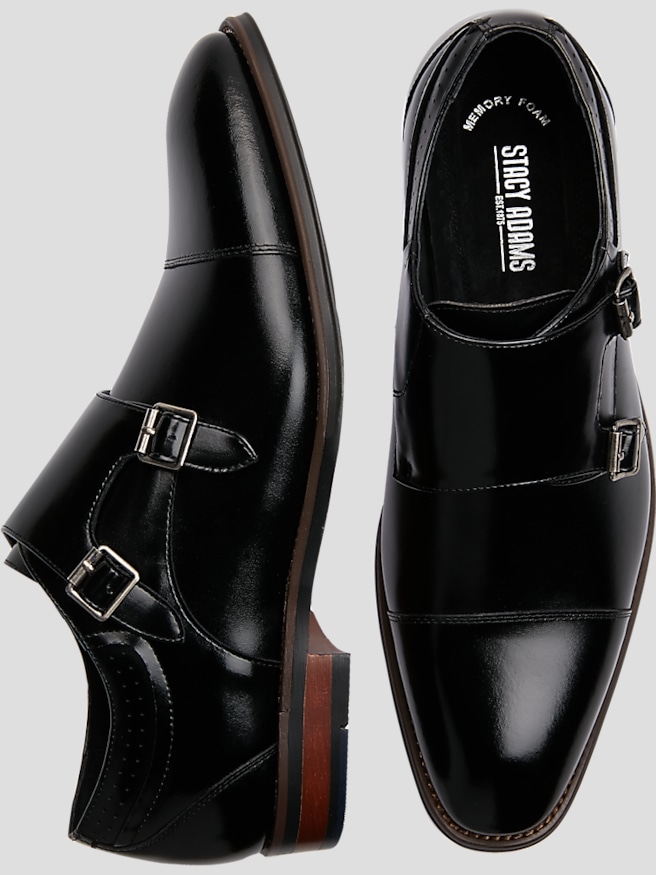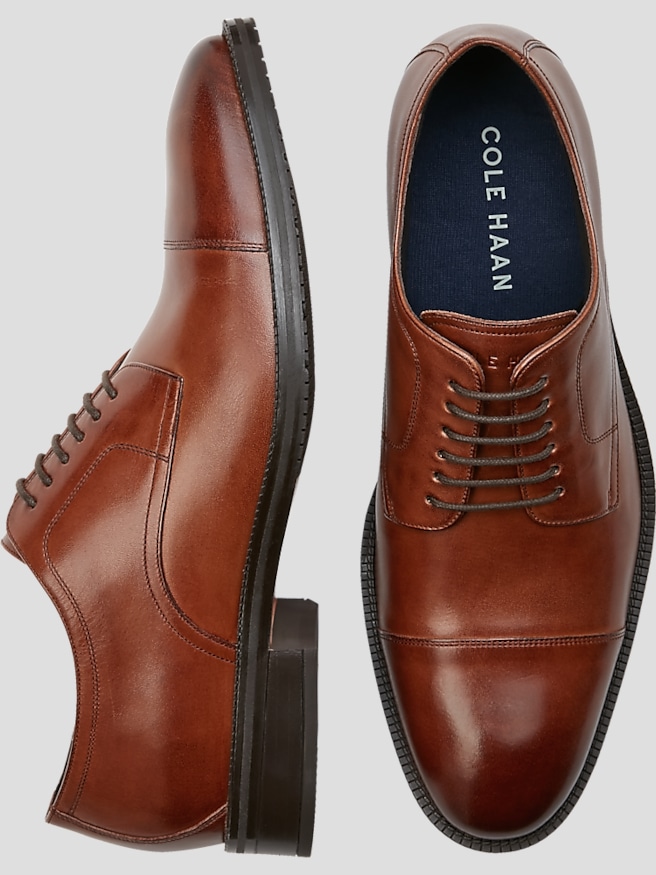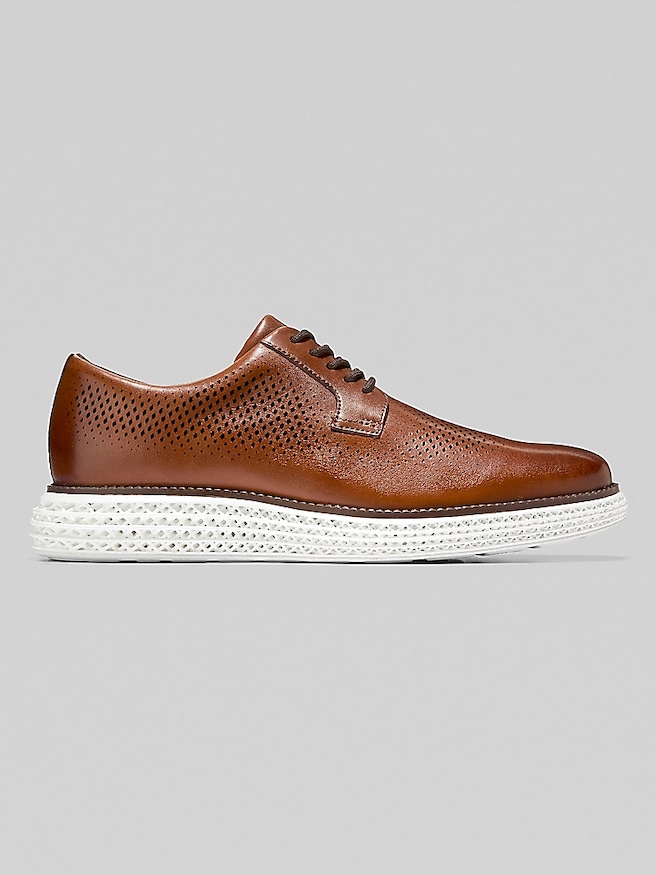Male Formal Shoes
Discover the perfect finishing touch for any formal ensemble with our exquisite collection of male formal shoes. Whether you're preparing for a black-tie event, a wedding, or a sophisticated business meeting, the right pair of shoes can elevate your style to new heights. Our selection features an array of designs crafted to complement every taste and occasion, ensuring you step out with confidence and class. With a focus on quality craftsmanship and timeless elegance, these formal shoes offer both comfort and style, allowing you to make a lasting impression wherever you go. Explore our range today and find the ideal pair to complete your distinguished look.
Male Formal Shoes
FAQs
What are the key differences between oxford and derby formal shoes?
Oxford shoes feature a closed lacing system where the eyelet tabs are stitched under the vamp, resulting in a sleek, streamlined appearance ideal for highly formal occasions. Derby shoes, on the other hand, have an open lacing system with eyelet tabs sewn on top of the vamp, offering a slightly more relaxed look and greater flexibility, making them suitable for both formal and business-casual settings.
How should I care for leather formal shoes to keep them looking their best?
To maintain leather formal shoes, regularly clean them with a soft brush or cloth to remove dirt and dust. Use a quality leather conditioner to keep the material supple, and apply a neutral or matching polish to restore shine and protect the surface. Store shoes with cedar shoe trees to help retain their shape and absorb moisture, and allow them to air out between wears.
Are suede formal shoes appropriate for all formal occasions?
Suede formal shoes offer a unique texture and can add visual interest to formal outfits, but they are generally considered less traditional than polished leather styles. They are best suited for semi-formal events, cocktail parties, or occasions where a touch of individuality is welcome. For black-tie or very formal events, classic leather shoes are typically preferred.
What types of socks pair best with formal shoes?
Thin, dress-specific socks made from materials like cotton, wool, or blends are ideal for formal shoes. Choose a color that closely matches your trousers for a cohesive look, or opt for subtle patterns to add a bit of personality while maintaining a polished appearance. Avoid athletic or thick socks, as they can detract from the formality and fit of the shoes.
How can I break in new formal shoes without causing discomfort?
To break in new formal shoes, wear them for short periods around the house with dress socks to gradually soften the materials and mold them to your feet. Using a shoehorn can help maintain the heel structure, and applying a leather conditioner can ease stiffness. If needed, consider using shoe stretchers or consulting a professional cobbler for additional comfort adjustments.
